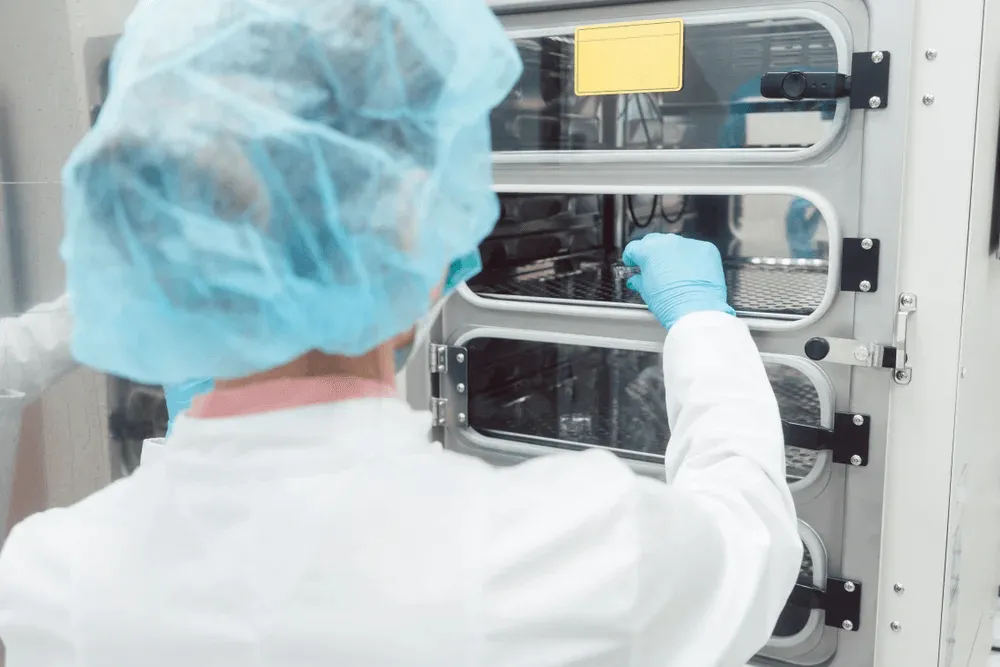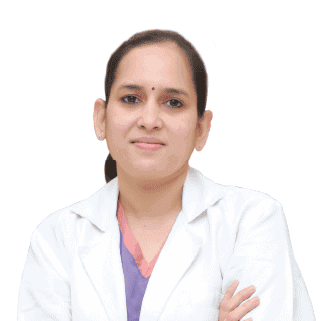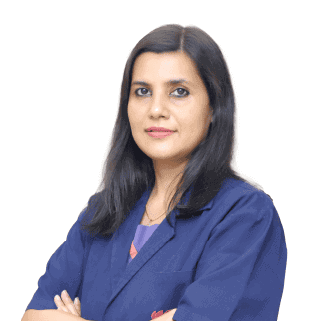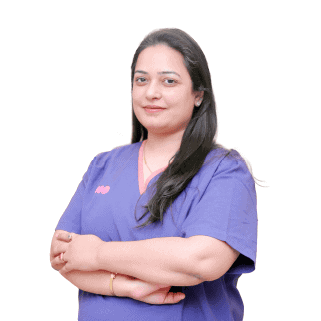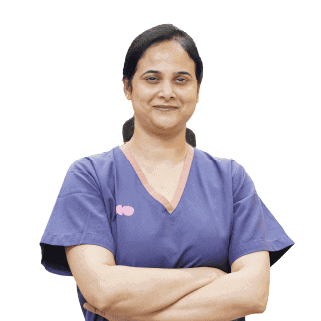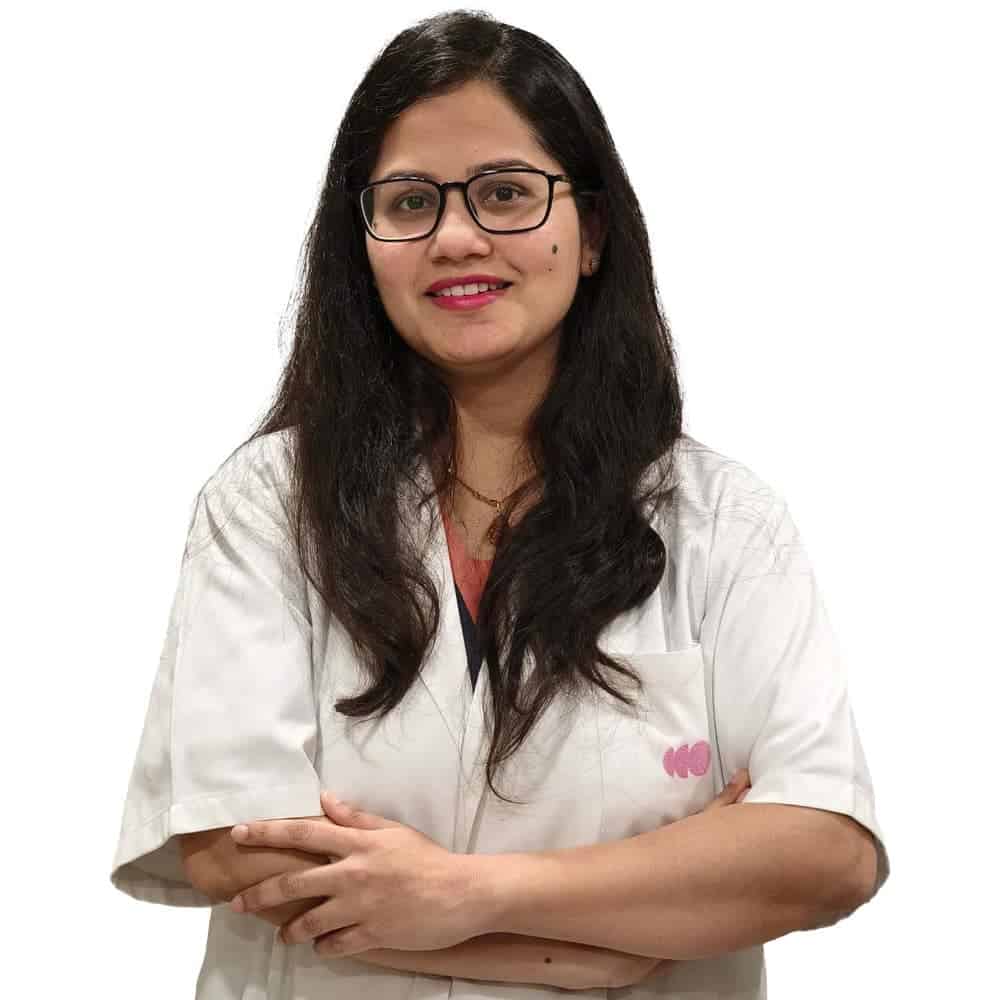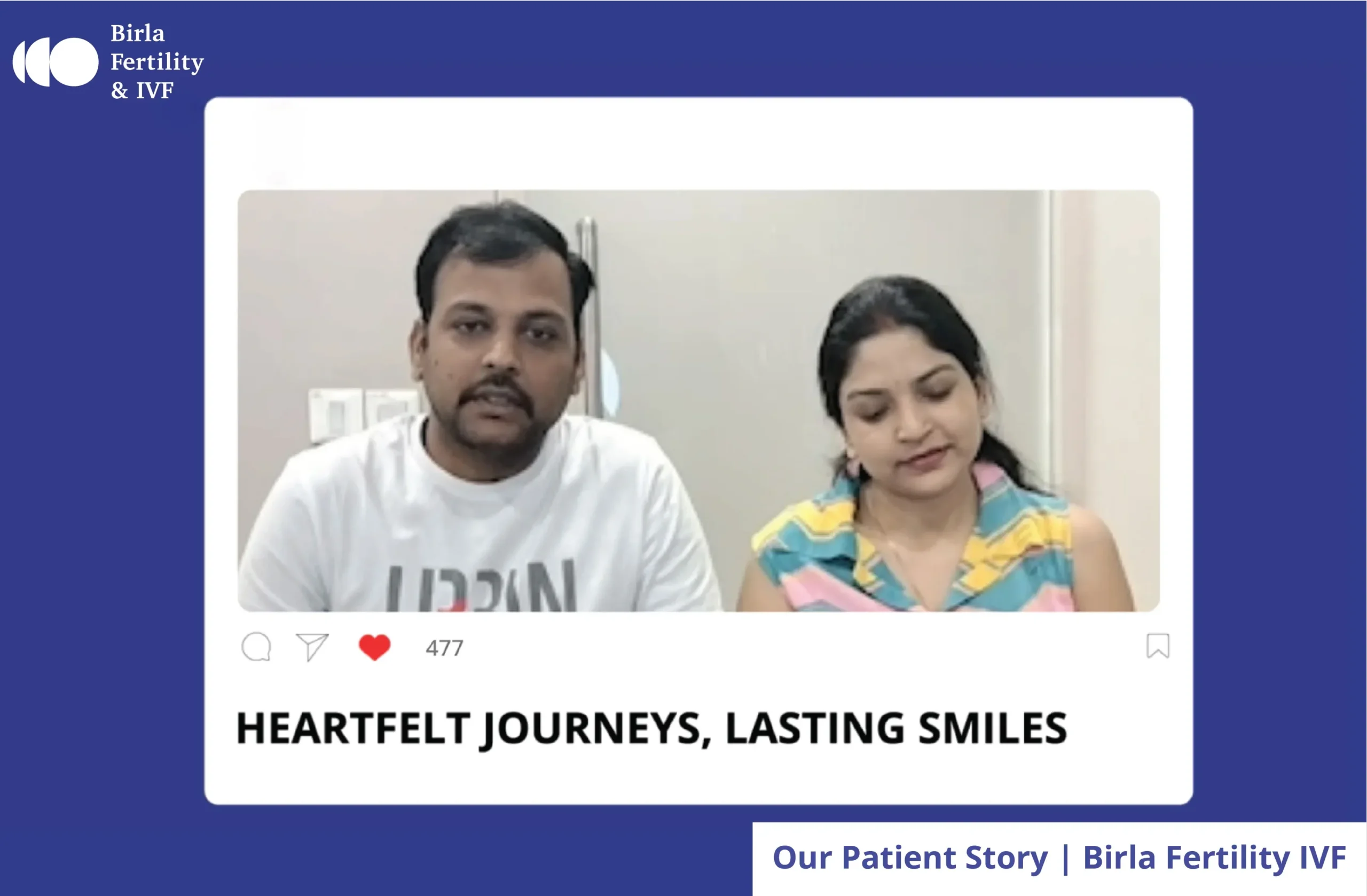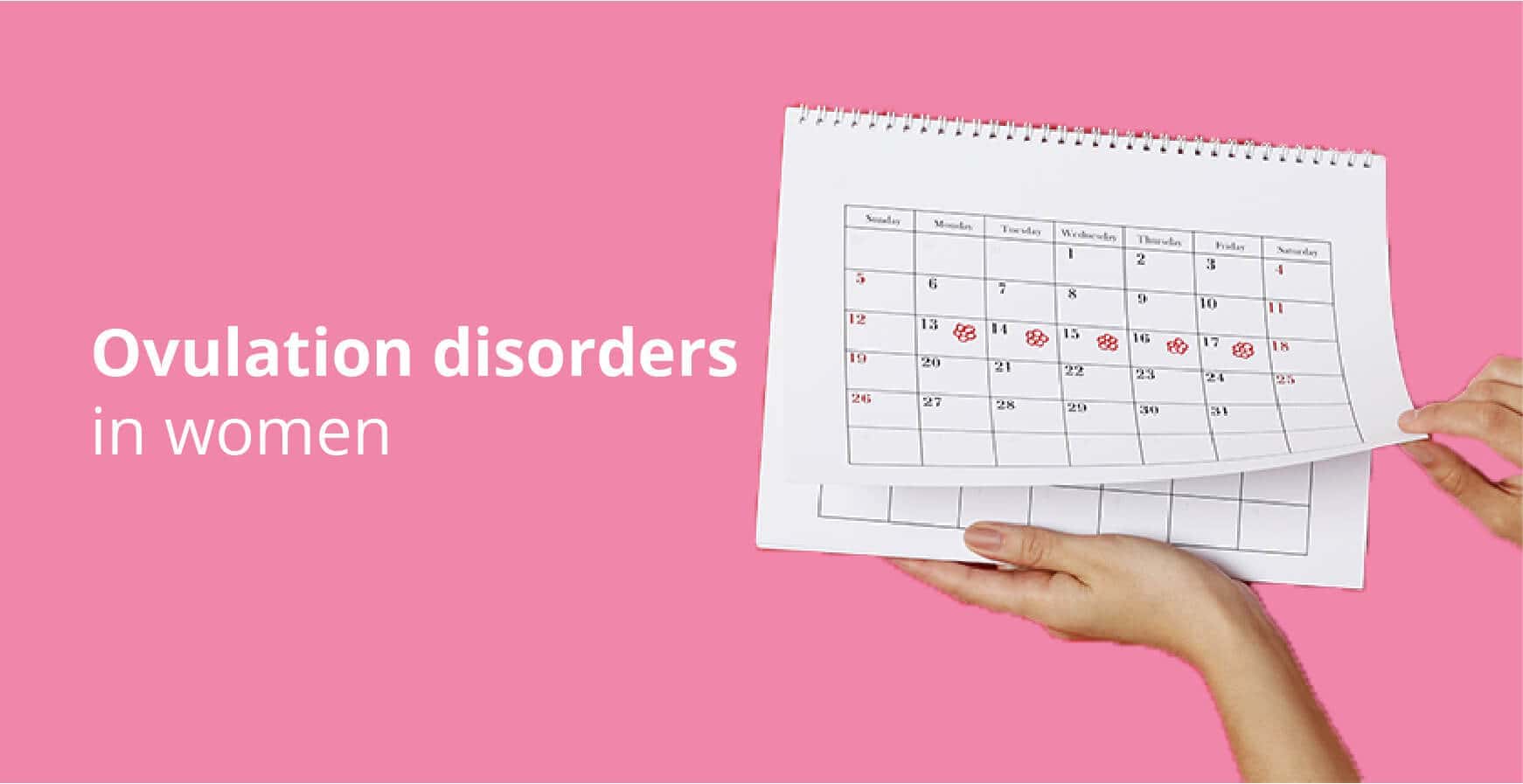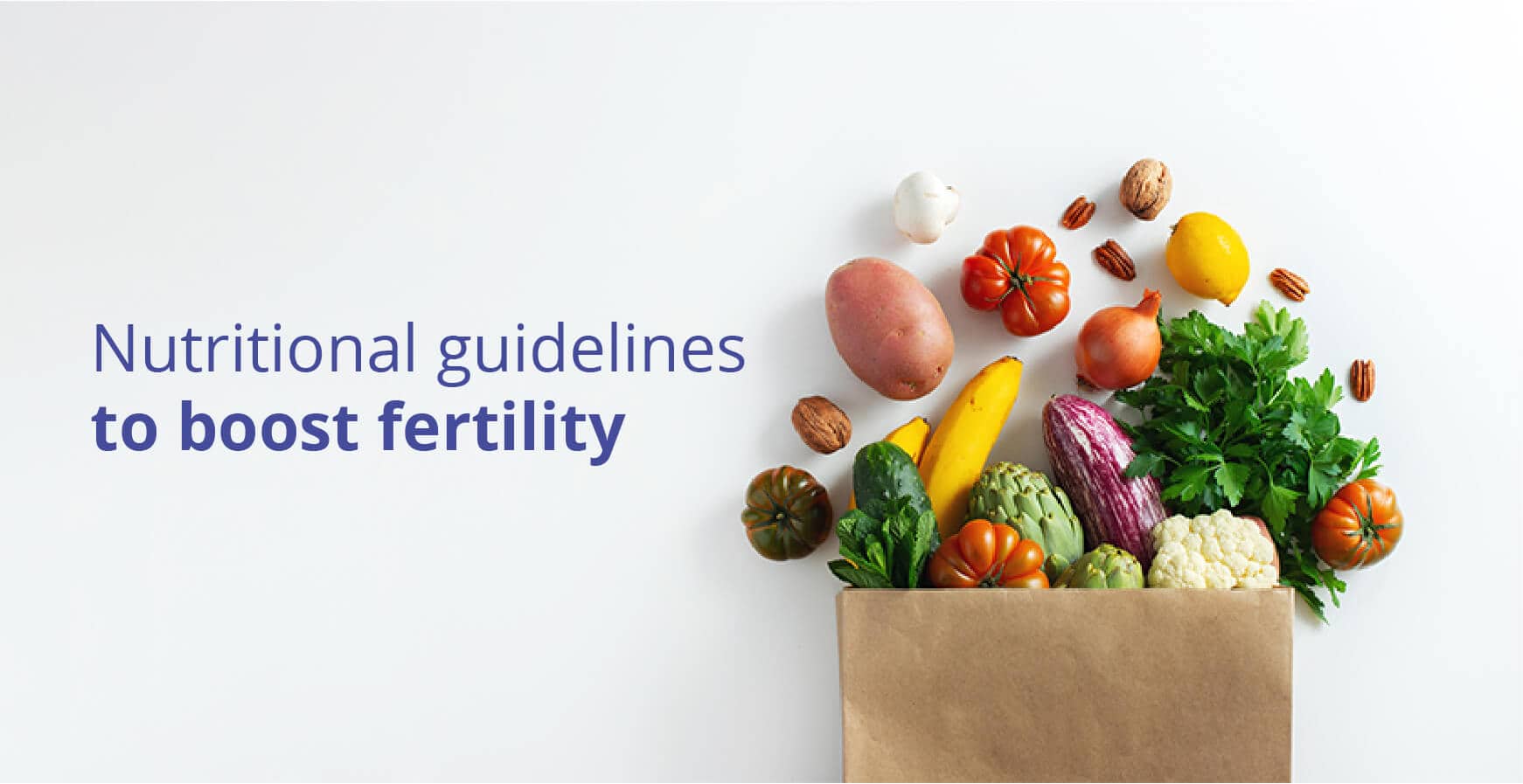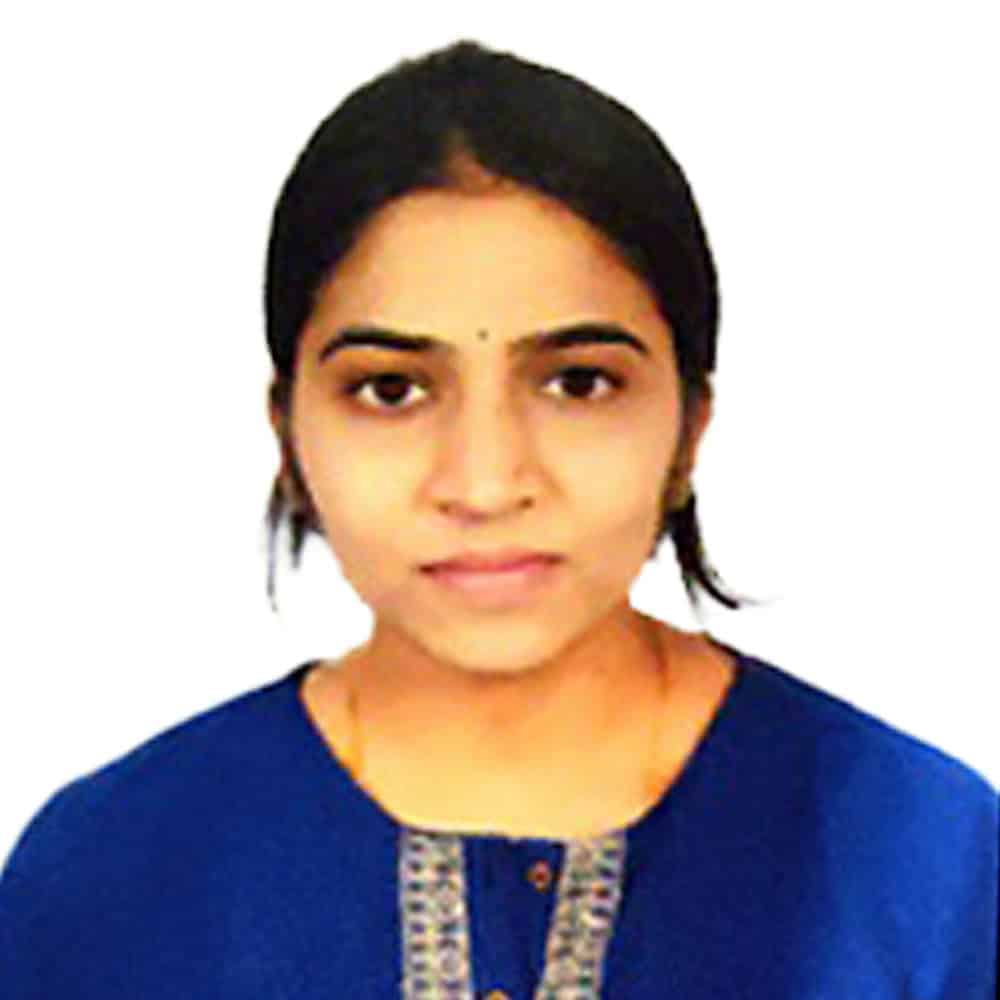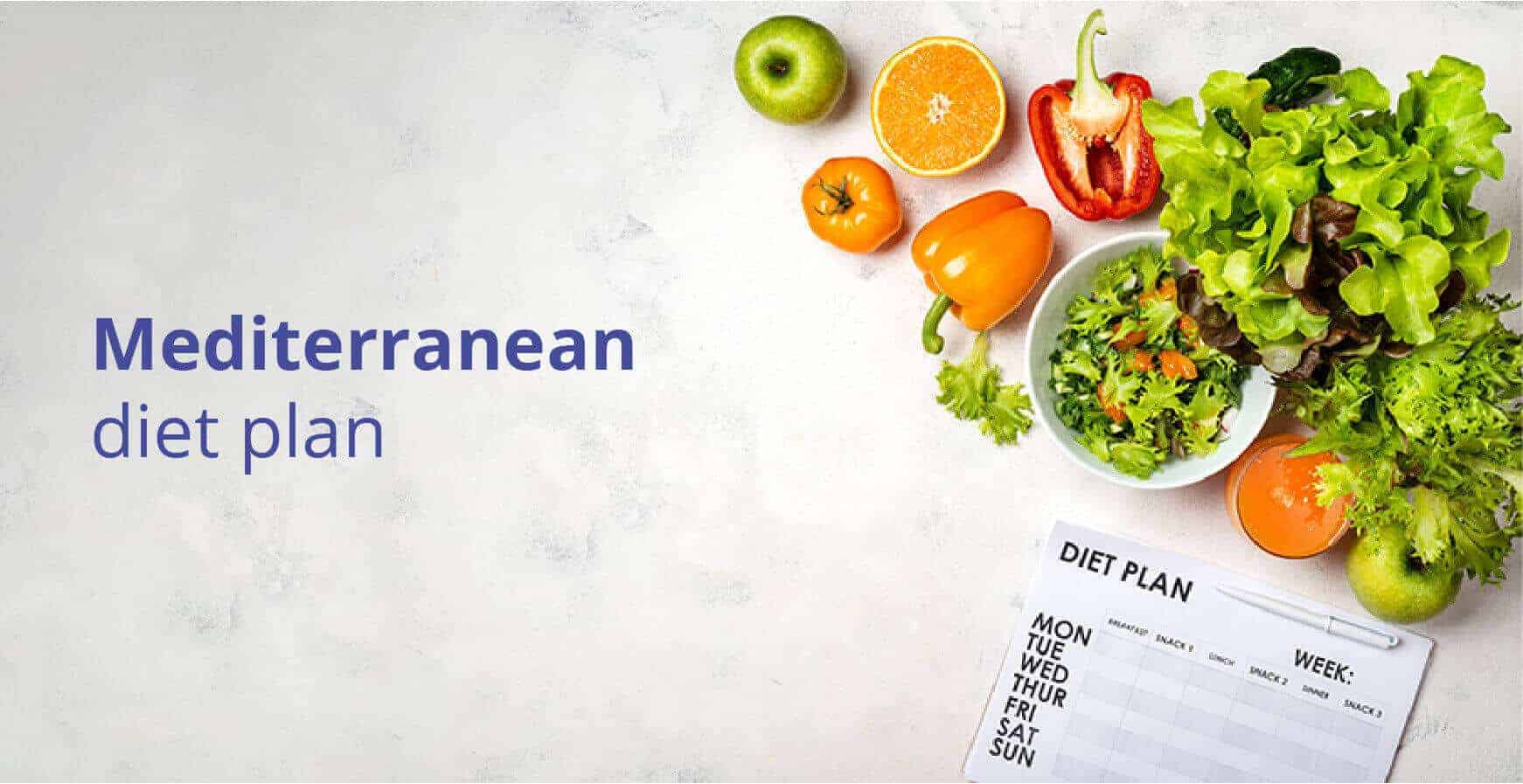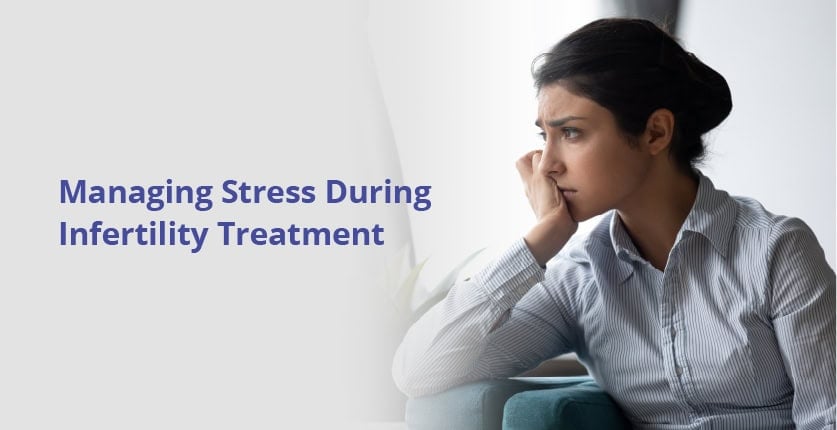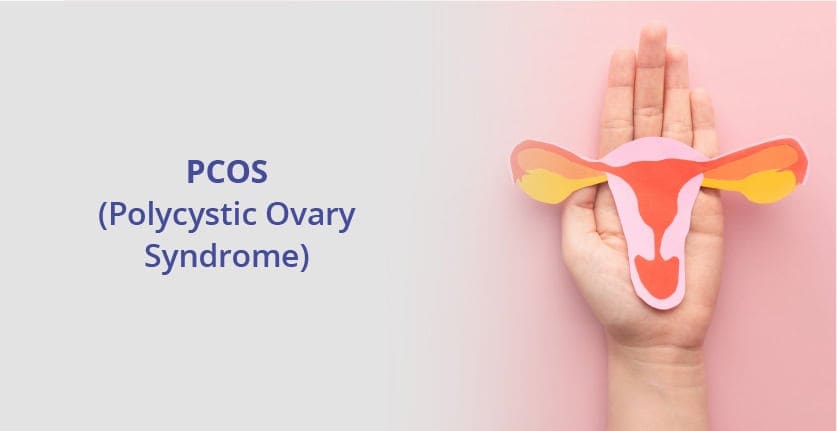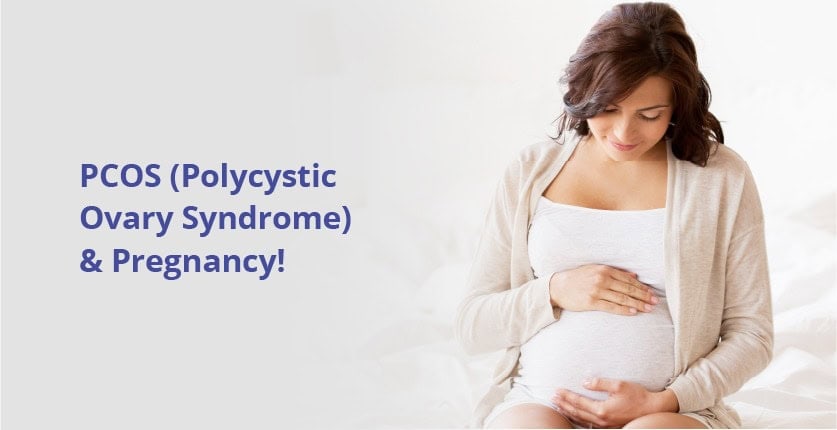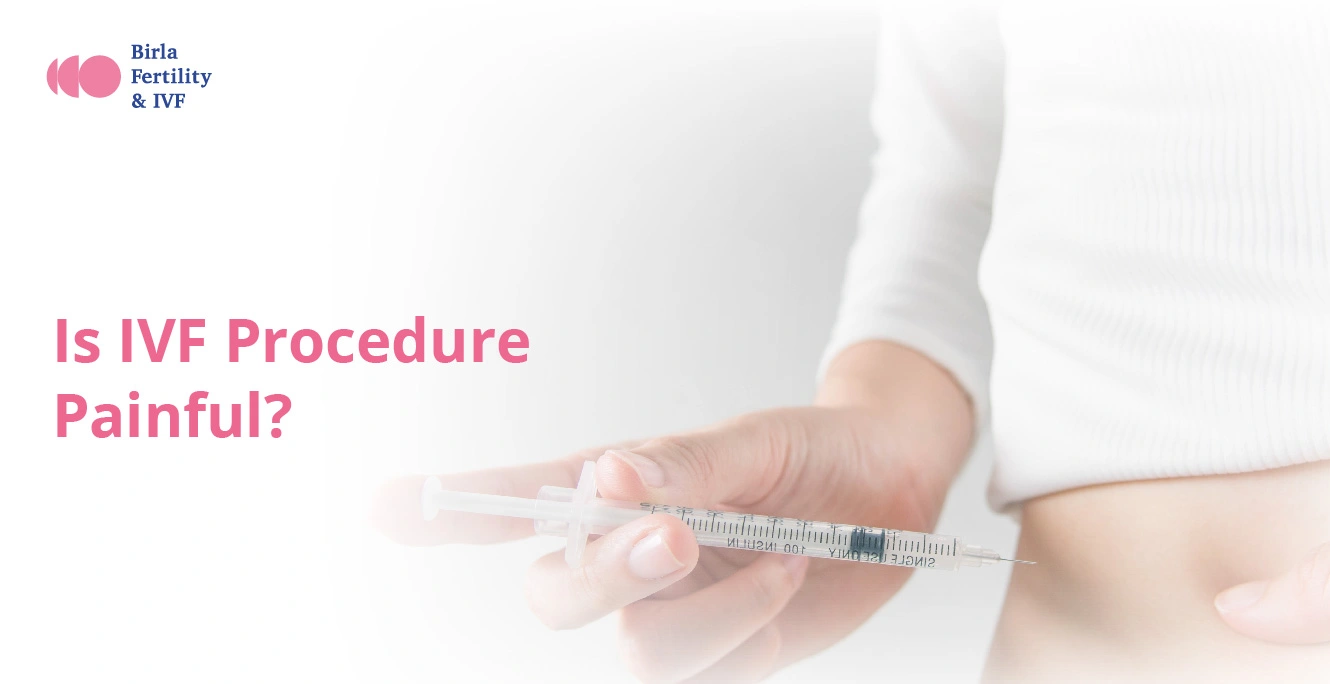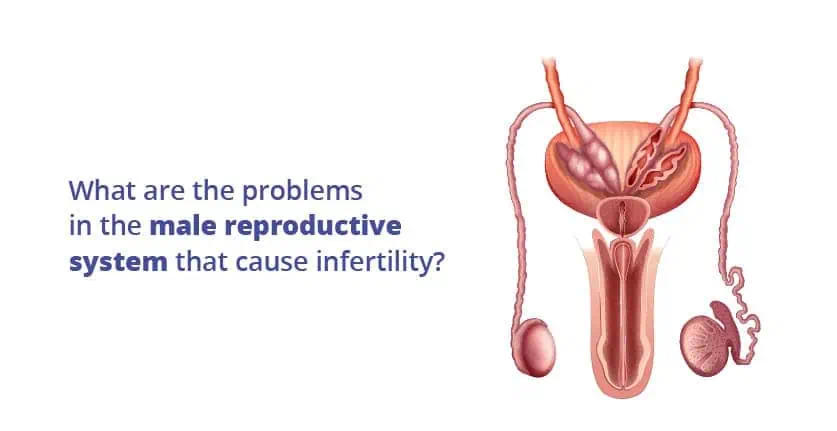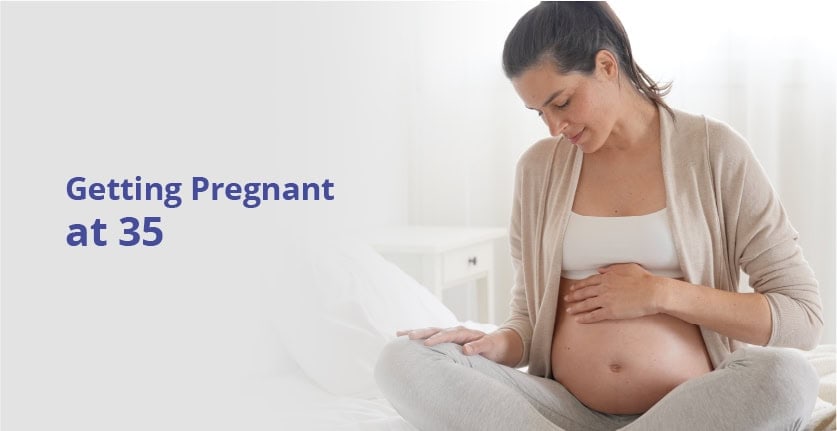The LAH procedure consists of the following steps:
1. Stimulation: First, hormonal stimulation is employed to help produce multiple eggs. These eggs are observed and then retrieved once they reach their ideal size. This step is important as it ensures the availability of enough healthy eggs for the IVF treatment.
2. Fertilisation: These eggs are then exposed to high-quality sperm in a laboratory. This is where fertilisation occurs. These fertilised eggs, also called embryos, are then closely monitored while they grow.
3. Development of the Embryo: An embryologist monitors the development and progress of the embryo until it reaches the blastocyst stage. A blastocyst is made up of two parts: the inner group of cells and the trophectoderm, or the outer group of cells that prompts the uterine contact.
4. Laser Assisted Hatching: This is the stage where a laser is employed to make a crack or a hole in the shell of the embryo. A strong infra-red laser is focused on the zona pellucida under a microscope. It is a quick process of a few seconds that helps the embryo hatch out of the shell.
5. Transferring of the Embryo: Once the embryo hatches out of its shell, it is placed into the mother’s uterus. A thin catheter is used to transfer the embryo with the hope that it implants and initiates a pregnancy.



